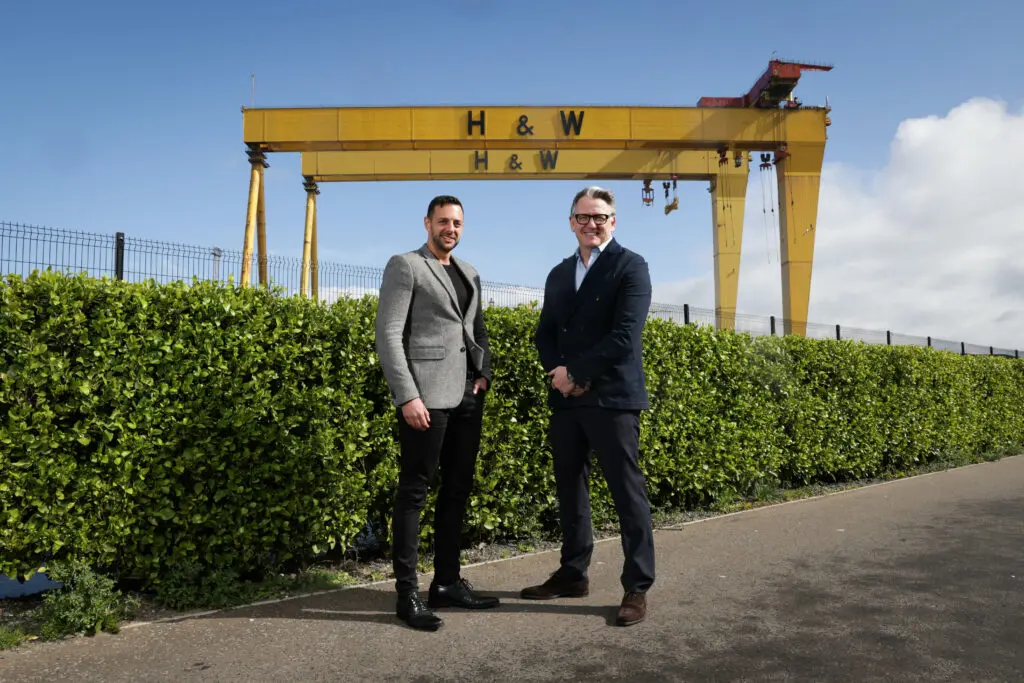The use of digital technologies is helping to reshape the built environment. Rising customer expectations, coupled with the increasing use of technology, means organisations operating in this sector must transform to offer the best frictionless experiences, as expected by stakeholders and customers alike. But what does this look like for the built environment, and what must organisations do to ensure they offer the best digital experience?
What is digital experience?
Digital experience is the interactions between people and organisations made possible via digital technologies. For example, these are the interactions humans have with organisations via digital products like websites, mobile apps and chatbots, and digital channels like email, social media etc. The digital experience refers to the sum of all online interactions.
Digital channels now play an ever-increasing strategic role in ensuring customer or stakeholder satisfaction. Creating a cohesive and consistent online experience should aim to delight customers, ensuring that they can do it intuitively and quickly, whatever the user goal.
The rising demand for improved digital experience
Recent research shows the UK has one of the highest online penetration rates in the world at 98% (Statista), with 62.87 million monthly users, rising to 65 million monthly users by 2026 (Statista). As the number of online users increases, so do their expectations. Customers expect a seamless and frictionless digital experience, allowing them to move between channels. Every interaction needs to be smooth and fast, ensuring they can receive and digest critical information at each journey stage.
According to Salesforce’s State of the Connected Customer report, 84% of customers say their experience is as important as the company’s products and services, whilst 75% of customers expect companies to use new technologies to create better experiences. This has recently sped up due to the global pandemic; 74% of consumers say their digital brand experience has changed following the outbreak (Acquia).
And for organisations, it makes sense too. Over 80% of companies have invested in an omnichannel experience since 2020 (PwC). While changing customer expectations and increased demand is driving the change, organisations also understand the commercial implications, including increased customer lifetime value and reduced customer acquisition costs (Capita).
Digital experience and the built environment
For organisations operating in the built environment (such as construction, engineering, utilities, and urban planning), the improved digital experience is an opportunity to build better, more meaningful connections with customers and stakeholders alike.
The built environment is on the precipice of change. Outdated ways of working and traditional approaches to projects make way for more collaborative, efficient, and innovative methods (Aurecon Group). Whether it’s the planning, the consultation, the development/construction, or the sales & marketing to end consumers, the key to a project’s success is its ability to communicate and engage with key stakeholders and communities at various stages of a project’s journey.
Momentum is key. Whether it’s the digitisation of communications or operations, more effective use of digital technologies, platforms and software will improve the chances of better engagement with stakeholders and customers. For example, this could be virtual consultations, project websites, internal engagement programmes, resident portals, and communications.
What must built environment organisations do?
There are some must-dos for any organisation to consider. Improving the functionality of existing tech and digital touchpoints, the personalisation of communications, making their services and communications more convenient, as well as optimising the holistic omnichannel experience for the user.
Begin to explore ways to improve customer experience through digital properties and technology. Whilst some organisations may opt for full-blown digital transformation road maps; others may take a more ‘test and learn’ approach. Either way, it’s essential to start or build on what you’re already doing.
Remember, more users and rising expectations mean it’s only a matter of time before your organisation offers better frictionless digital experiences to stakeholders and customers alike. Whether it’s a tweak to what you’re already doing, or a deeper transformation requirement, digital platforms and technology are there to help reshape the future of the built environment.
Get started
If you’re looking to improve the communications or operations of your projects to engage stakeholders and customers better, visit our Digital Experience Hub to find out how we can help you. For Further reading, discover our 2021 digital communications benchmarking report which outlines the challenges and trends facing digital leaders among built environment organisations.




